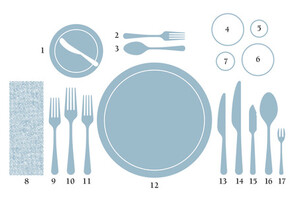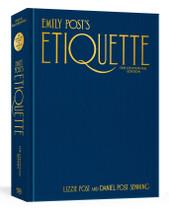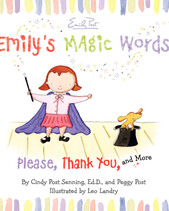
Proper Table Setting 101
-

Basic Table Setting
The Basic Table Setting is easy to master and comes in handy at home, over the holidays and at restaurants.
-

Informal Table Setting
The informal table setting is perfect for informal three course dinners, casual but upscale dinner parties,…
-

The Formal Place Setting
The formal place setting is used at home for a meal of more than three courses, such as a dinner party…
-

Video: Downton Abbey Table Setting Challenge
Calling all Downton Abbey fans! On January 6, 2013, at the Essex Resort and Spa in Essex, Vermont, Anna…













